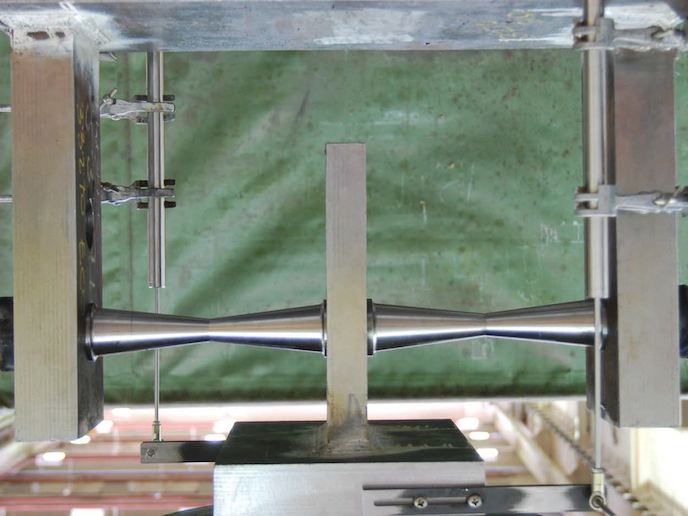Better analysis tools for ship propellers
European shipbuilding has already gained an outstanding position in the market of ferries, cruise and container ships through high requirements on skills and organisation at the yards. As comfort related to noise is one of the key objectives of modern industry, priority is given to reducing propeller-generated vibrations without compromising its efficiency. Yet, tip vortex, which is one of the major causes of vibrations and noise, is still hard to predict in terms of strength. The lack of effective and easily applicable numerical methods, such as Computational Fluid Dynamics (CFD) for flow simulations, prompted the LEADING_EDGE project research. The main objective of the project was to develop numerical tools and methods to predict the strength and structure of the tip vortex of a ship propeller. These tools and methods are expected to be adopted by shipbuilding industries for assessing propeller induced vibrations. On the basis of latest scientific advances, a new underwater three dimensional system that relies on Particle Image Velocity (PIV) was launched. The novel system has the potential to provide elaborated measurements of steady and unsteady flows. Data gathered can be further exploited in the validation of CFD-codes and accurate measurement of flow visualisations. Moreover, these experimental data could also significantly contribute to the implementation of new theoretical and numerical models. The system is available for measurements in maritime facilities on a rental basis.






